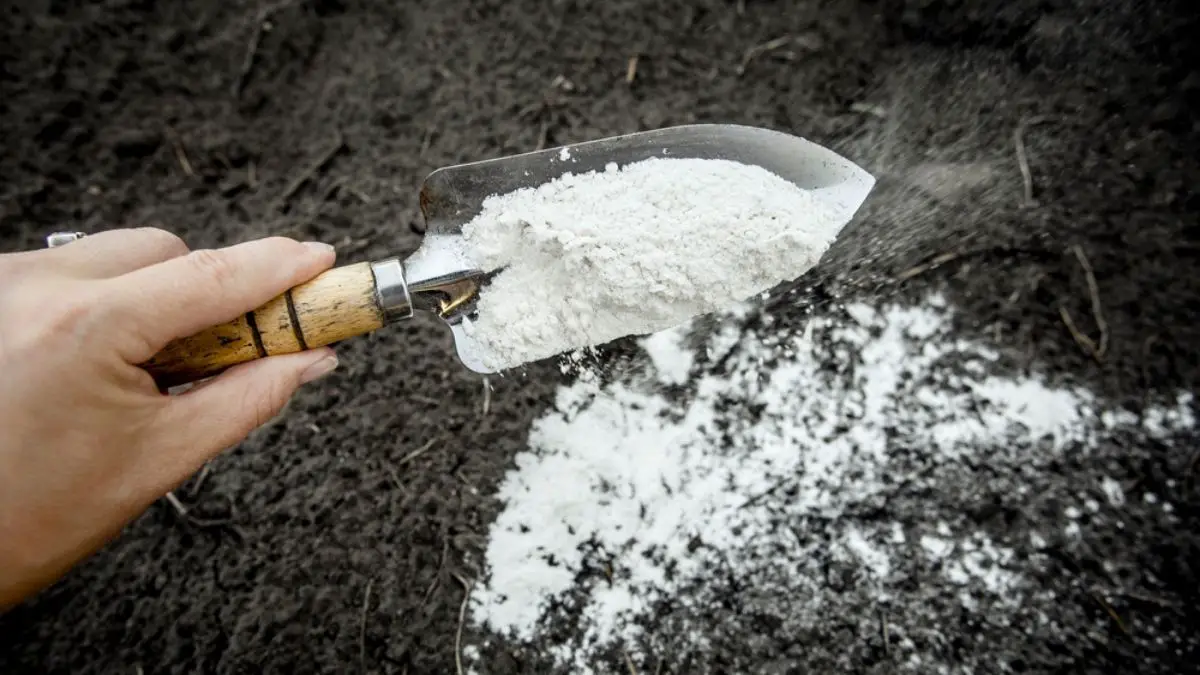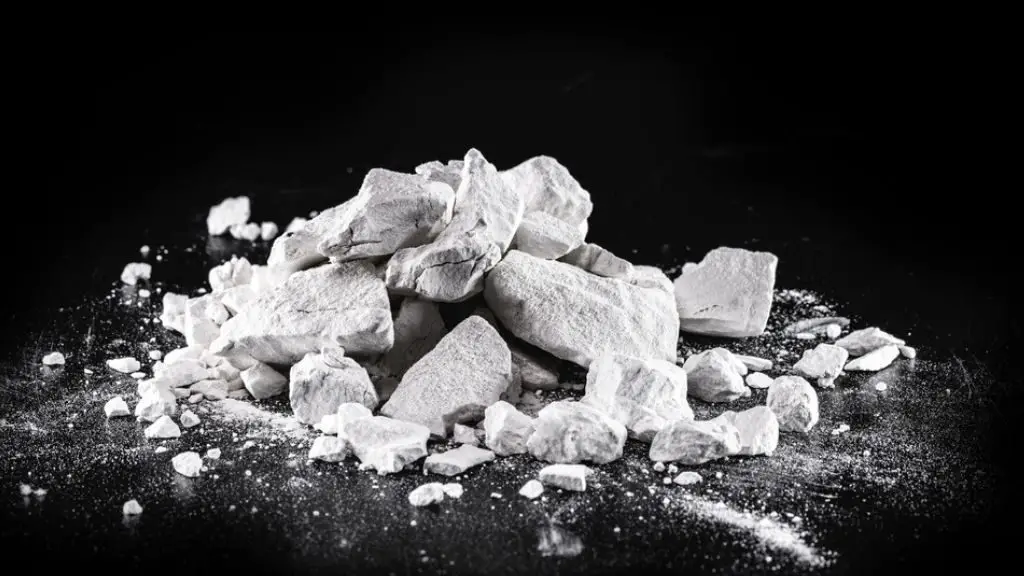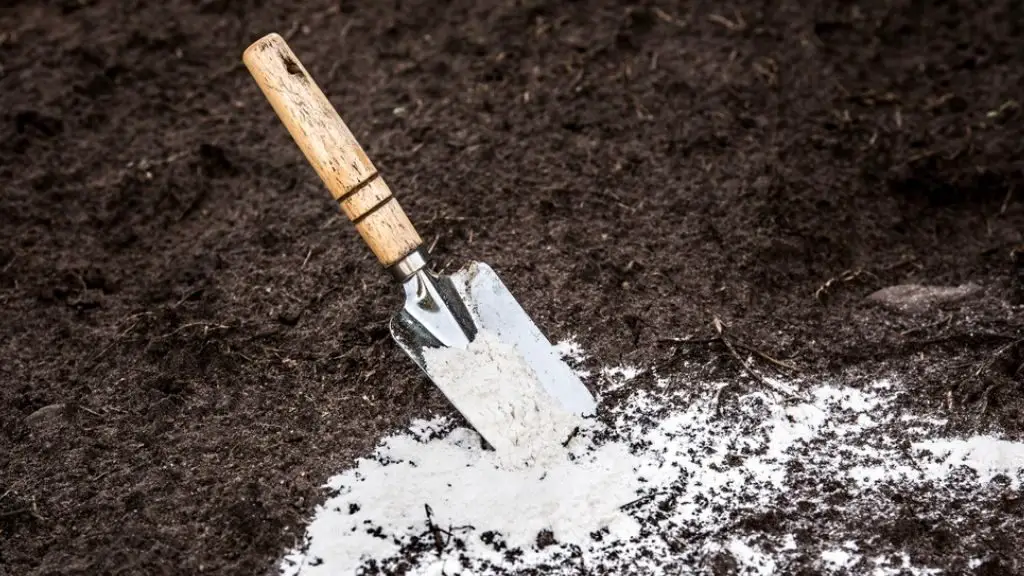Dolomite Lime pH Stabilizer: Reduce Soil Acidity Easily

Only plants and Growers feel the pain of Acidic soil. For plants, if the soil is Acidic, then nutrients will be “locked” and they cannot uptake them. This leads to stunted growth and overall poor quality. For growers, if the plant is growing in acidic soil, then fruit quality will be poor and yield will be less. When this happens, it is painful for growers who worked hard to get a desirable result. Fortunately, Dolomite lime pH Stabilizer is there to ease the pain. Using dolomite lime to raise pH is gaining importance as It effectively reduces the acidity of the soil which makes the uptake of the Nutrients possible.
But what is this Dolomite Lime? Is adding dolomite lime to soil really effective without any side effects? Here we are answering these questions.
In addition to this, we have prepared an FAQs section to address your most asked questions related to the Dolomite Lime pH Effect and its overall usage. So, without any further ado, let’s dive right into the Article.
What is Dolomite Lime?
Dolomitic lime formula is (MgO·CaO). Unlike other limes, it contains both Magnesium carbonate and Calcium Carbonate. Typically Dolomite Lime contains 50 percent Calcium Carbonate and 40 percent magnesium carbonate while 10 percent is other materials.
It is widely used to reduce soil acidity (increase soil pH), which improves soil health. Due to this, plants suffering from high soil acidity can get a sigh of relief.
- Which soil is acidic you might ask? Well, soil that has a pH of less than 6.5 is called acidic soil. 7 pH is neutral and above 7.5 is considered Alkaline (Basic).
Acidic soil is a headache for the growers. Why? Because when the pH of the soil is low, roots cannot absorb the nutrients. And NO! Even if you add chemical fertilizers, low pH won’t allow plants to uptake the nutrients. That is why it becomes necessary to start some treatments and Adding Dolomite lime is one of them.

Why the pH level of Soil gets low (Becomes Acidic)?
Before knowing the treatment (which is Dolomite lime in this case), we must understand why soil gets acidic in the first place.
Following are the reasons why soil can become acidic:
- Fertilizers increase the acidity of the soil if added in large quantities. When the Nitrogen Fertilizers is adde, the Nitrificiation process starts. This Nitrification procss release the positvely charged Hydrogen atom which increases the acidity of the soil.
- Pesticides also play their role in the rising acidity in the soil.
- Peat is added to the growing medium which is acidic by nature. So, the soil gets acidic. That is why it is recommended to add peat carefully.
- Acid rain is also the reason for soil becoming acidic. Due to climate Change, it is getting common.
- Acidity is also a natural process that occurs when crops have been harvesting on a soil for a very long time which leads to nutrients deficiency.
Benefits of Dolomite Lime
The Benefits of the Dolomite Lime are:
- To reduce the soil acidity acidity, Dolomite lime is added!
- On top of the maintaining pH, The dolomite lime adds magnesium to the soil. We all know that Magnesium is necessary for plants for proper growth. If magnesium is deficient, growth is affected and rusty brown spots are formed on the leaves. These spots impact the photosynthesis process as well and as a result, plants don’t produce enough food. Thus, fruit yield is significantly decreased.
- Moreover, if the soil is rich in magnesium, then the grass will also be rich with this nutrient. So when livestock feeds on such grasses, it improves the health of animals as well. That is why Dolomite Lime is the first choice in the pastures. Also, pastures are generally nutrient deficient. So, it is understandable that Domolite is preferred there.
- Dolomite lime addition also promotes the growth of beneficial microorganisms in the soil. So, organic matter is quickly broken down due to this.
Dolomite Lime Application Rate
Dolomite lime uses are numerous but to extract desirable benefits, we must know how to properly apply it. The rate at which Dolomite lime is applied depends upon the pH of the soil. If the pH is too low, then more Dolomite lime is applied.
- To know the pH of the soil, a soil test is recommended. You can also use pH soil strips as well to know the pH.
However, for some reason, if you don’t do a soil test and have no idea what is the pH of the soil, then dolomite is added in this ratio: Apply one cup of Dolomite lime for 15 square meters (50 square feet).
To make the equation more simple, add 5 pounds of Dolomite for 100 square feet. You must be wondering how much does dolomite lime raise ph? Well, Dolomite lime is added to raise the pH between 5.5 to 6.5 which is ideal for plants. Generally, it takes 4 tablespoons of lime for 1 square foot. This dose increases the soil pH by two points. So, if the pH of the soil was 5, by adding four tablespoons, it can increase to 7.

How to use dolomite lime for Plants and Soil?
People often wonder does dolomite lime raise ph? Well, yes! Moreover, adding dolomite lime to the soil becomes necessary when the pH level is too low. But how can you add dolomite lime? Let’s have a look at the procedure of its application:
1) Do a soil test before adding the Dolomite lime. This will give you an idea what is the pH of the soil and whether the soils are deficient in magnesium or not. Home test kits are also available but these only tell about the percentage of Nitrogen, Phosphorous, and Potassium in the soil along with the pH. To get a detailed analysis and of the percentage of magnesium present in the soil, we recommend you go for lab tests.
2) After knowing the soil condition, buy the dolomite lime from any reputed online store or nearby supermarket.
3) Prepare the garden soil or field before adding the dolomite lime. Remove weeds and other unwanted vegetation from the soil first. Also, remove any hard rocks and debris from the soil as well.
4) Put on the mask and then start adding the dolomite to the soil. The top 7 inches of the soil must be enriched with this lime.
5) After that, add water over it so that the dolomite lime will leach down.
6) Then, Wait 2 weeks to sow the seeds. And that is how you can add Dolomite lime!
But that is for the garden soil. What should a person do if he/she is growing plants in the pots? Well, you don’t have to worry as the next heading is addressing this.
How to use dolomite lime in potted plants?
Dolomite Lime is not only added to garden soil but also potting mixtures reap benefits from it as well.
You can use dolomite lime in the potted plants just before the time of sowing or transplanting. Since it contains both calcium and magnesium, it can also provide these necessary nutrients to the plants.
First, mix one tablespoon of the lime in a gallon of water. Then, apply this mixture to the pots. If you are adding the dry form, then It is better to add the dolomite lime during the mixing of the potting soil. Add 5 pounds of this lime per cubic yard. Then, add this soil to the pots.
Limitations of Dolomite Lime
While the Dolomite lime is beneficial, it does have some limitations.
- It can lead to excess magnesium in the soil which is not desirable. Excess of magnesium makes the soil over-compact. Thus, roots find it difficult to grow. Moreover, watering such soil also becomes an arduous task.
- Magnesium-rich soil can lead to weed -boom.
- Only sandy soil suffers from magnesium deficiency while clay or loamy soil does not. So, dolomite is not much needed and any other lime is mostly preferred.
- If by mistake you over-add dolomite, then undoing this is extremely tough. You will have to apply Sulfur and Nitrogen in large quantities to bring the magnesium back to normal levels. These treatments are not cheap and also time-consuming.
Whether you want to add Dolomite lime or not is up to the soil condition. If the magnesium is in enough quantity, then other limes like Aglime or Calcite lime should be your priority. But if you are growing plants in sandy soil or such soil that has low magnesium content, then Dolomite must be your first choice. When it comes to Dolomite, one brand seems to be dominating the market.
Greenacres Dolomite lime pH Balancer: The Dolomite Lime for Sale
In the market, Greenacres Dolomite lime pH balancer is widely purchased. The brand Greenacres dolomite lime 40-lb lime ph balancer is added to:
- Neutralize the acidity of the soil
- Improve bacteria activity to break down organic matter
- Add Magnesium in the soil.
GreenAcres has launched other lime products as well. This includes Garden Organic lime and Lime Organic pH balancer.
Now, the time has come to compare Dolomite Lime with two of the widely used Limes- Aglime and Calcitic Lime.
Dolomitic Lime vs Calcitic Lime
A grower adds Calcitic lime or dolomite to raise the pH level of the soil. But obviously, you can’t add both and have to choose one. Although both are widely used in gardens to increase the pH. But they are different!
Let’s have a look at Dolomitic Lime vs Calcitic Lime comparison.
| Dolomitic Lime | Calcitic Lime |
| Contains Magnesium Carbonate | It does not contain magnesium Carbonate. |
| Add magnesium to the soil | It does not add magnesium to the soil. |
| It provides magnesium-rich grass for livestock. | It does not provide anything to livestock. |
| It is a little costly than Calcitic lime. | It is a little cheaper than Dolomitic lime. |
Calcitic lime is also added to reduce the acidity of the soil. This lime is sold more than dolomite and is also cheap. The reason is not that dolomite is less efficient than Calcitic Lime, but the magnesium enrichment concern. So, add Dolomite lime only when there is a deficiency of magnesium. Otherwise, it is recommended to use Calcitic lime.
Agricultural lime vs Dolomite lime
Now, it’s time for the Agricultural lime vs Dolomite Lime comparison.
| Agricultural Lime | Dolomite Lime |
| It contains high amounts of Calcium only. | It contains both calcium and Magnesium |
| It is comprised mainly of Calcium Carbonate | It contains Magnesium Carbonate as well in addition to Calcium Carbonate. |
| It does not add nutrients to the soil. | It adds magnesium to the soil. |
Both have been proven to reduce the acidity of the soil. Agricultural lime or Aglime is simply limestone that contains a high amount of Calcium Carbonate. When it is added to the soil, it raises pH and enhances the activities of microorganisms. Aglime is added both in liquid or dry form. However, Liquid lime has been shown to produce results quicker than dry agricultural lime.
In most cases, Aglime is enough to normalize the soil. Dolomite Lime is not much preferred as excess magnesium can lead to many complications.
Wrapping Up
All in all, the Dolomite Lime pH Stabilizer is added to reduce the acidity of the soil. If the pH of the soil is low (Acidic), then there must be some sort of treatment a grower must apply. Failure to do so will directly impact the plant. For the Treatment, lime is generally added. Dolomite lime is widely used which can neutralize acidity effectively. On top of it, this lime can also add magnesium to the soil. But make sure the soil is also magnesium deficient as the magnesium-enriched soil further causes problems like compaction. So, do smart gardening and know what is best for your plants
Do give your opinion regarding this matter in the Comment Section down below!
FAQs about Dolomite Lime pH Effects
Does dolomite lime lower pH?
No, Dolomite lime does not lower the pH. In fact, it does the exact opposite. Dolomite lime raises the pH level of the soil (Neutralizes acidity).
Does Dolomite increase soil pH?
Yes, Dolomite increases the pH of the soil. Low pH means the soil is acidic. Dolomite lime is added by growers to reduce the acidity which would make the soil beneficial for the plants.
Does Dolomite lower soil pH?
No, Dolomite lime increase soil pH.
Related Topics:








